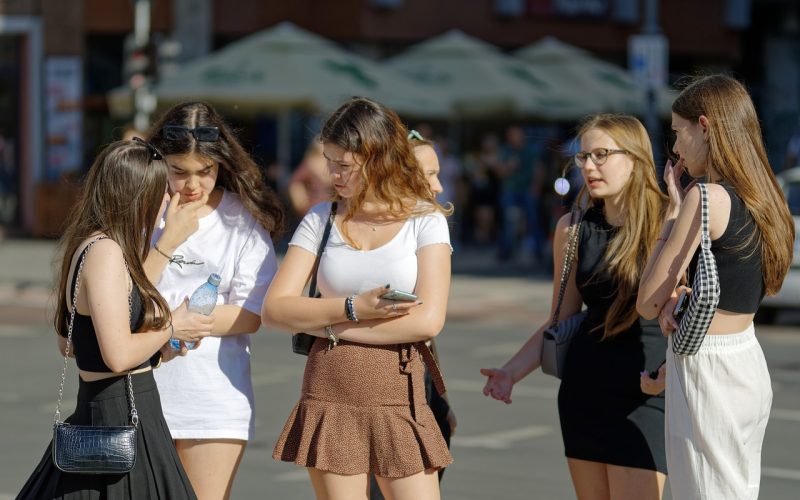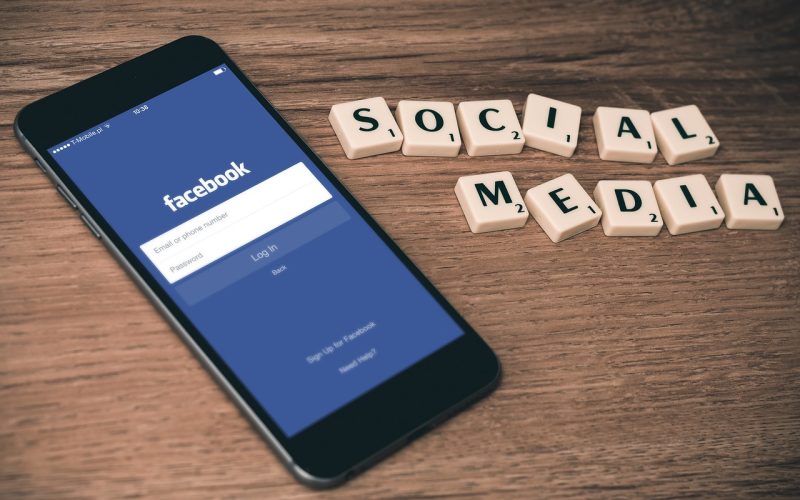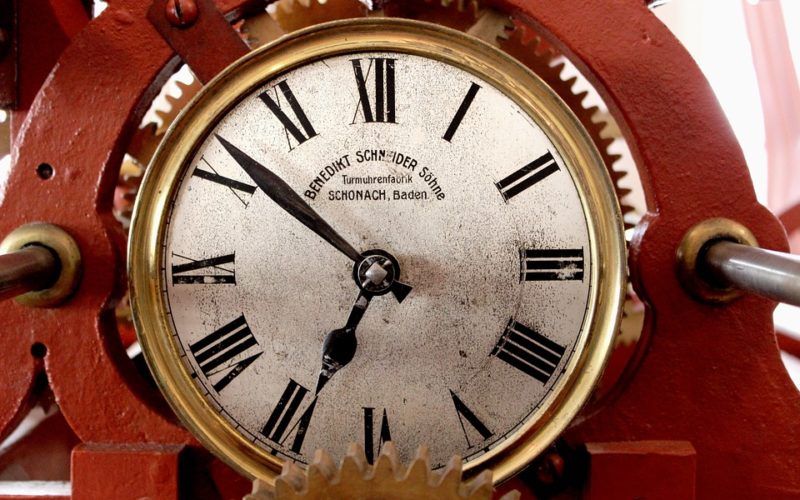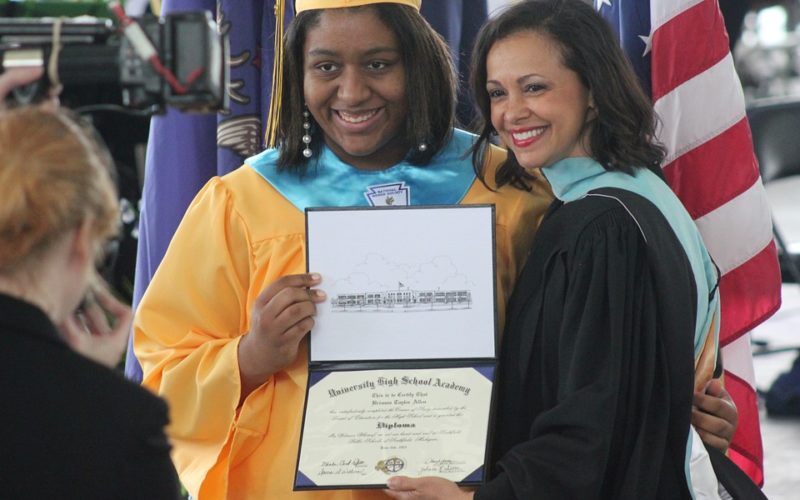The way teenagers approach dating has significantly transformed over the past couple of decades, with social media playing a pivotal role in reshaping this experience. Platforms like Instagram, Snapchat, and TikTok have altered how relationships are initiated, maintained, and even ended. While technology has opened new doors for connection, it has also introduced complexities and challenges that previous generations did not face.
Below, we explore how social media has changed dating for teens, highlighting both the benefits and the drawbacks of digital interactions in modern teenage relationships.
How teens meet and connect has shifted
Traditionally, teens relied on in-person interactions—at school dances, community events, or group hangouts—to meet potential partners. Social media, however, has significantly expanded the social bubble. Now, teens can connect with individuals beyond their immediate communities, opening up a world of new possibilities.
Online profiles and bios serve as a "first impression,” where a teen can get to know basic details about someone before even initiating a conversation. Direct messages (DMs) or comments often replace the initial face-to-face awkwardness of approaching someone. While this increases accessibility to potential connections, it also makes relationships feel less personal at the starting point.
Social media creates new ways to express affection
Social media has provided teens with innovative ways to showcase their feelings for one another. From posting "couple selfies" to tagging each other in memes, these actions have become the digital-age equivalent of holding hands in public. Likes, comments, and story mentions are seen as subtle but meaningful gestures that indicate romantic interest.
However, this public display of affection creates a layer of pressure to present a "perfect" relationship online. Many teens feel the need to post about their relationship consistently to signify its success or seriousness, creating a dynamic rooted in external validation rather than personal connection.
Miscommunication is easier than ever
While social media fosters connection, it can also complicate communication. Text-based interactions—such as DMs or texts—often lack the tone, nuances, and context that face-to-face conversations provide. A delayed response, a vague comment, or even leaving someone "on read" can lead to misinterpretations or feelings of rejection.
Additionally, the reliance on "emojis" or short snippets can sometimes oversimplify complex emotions, leaving teens to fill in the blanks and potentially misunderstand their partner's intentions or feelings.
The rise of digital jealousy and relationship anxiety
Social media has brought new challenges in the form of digital jealousy. Teens have access to each other’s online activities, from who their partner is following to what posts they like. Innocuous actions, such as liking a friend's photo, can be misinterpreted as flirtatious behaviour, causing unnecessary conflicts.
This hypervisibility can also lead to relationship anxiety. Many teenagers feel the constant need to monitor their partner’s online presence, which can create a cycle of mistrust. The pressure of maintaining an "ideal" online relationship while dealing with jealousy and suspicion adds emotional strain to teenage relationships.
Breakups have become more complicated
Ending a teenage relationship in the age of social media is often more complicated than simply parting ways. Breakups are no longer private; they are played out on public platforms. Some teens unfollow or block their ex-partners as a way to draw boundaries, while others may leave breadcrumb-like posts that reveal their feelings.
Worse still, social media can perpetuate lingering attachments, as teens may find themselves stalking an ex's profile out of curiosity or longing. It becomes harder to move on when someone’s digital presence keeps popping up in your feed or stories, making the healing process longer and more challenging.
Benefits of social media in teen relationships
Despite its challenges, social media does offer significant benefits to teen relationships. For many, it provides a safe space to express feelings and communicate, especially for those who may feel shy or anxious about face-to-face interactions. Online platforms can also serve as a way of deepening connections by sharing interests, like music playlists, videos, or exciting life updates.
Furthermore, social media has made long-distance teen relationships more manageable. Tools like video calls and instant messaging allow couples to stay connected, even when separated by geography. For teens navigating their first foray into dating, being able to take small steps online can provide the confidence needed for offline interactions.
Social media has undoubtedly revolutionised the dating landscape for teens, offering plenty of opportunities as well as challenges. While it creates new ways to connect and express affection, it also brings issues like digital jealousy, miscommunication, and the complexity of public breakups. For parents, teachers, and teens themselves, understanding the dynamics of social media's impact on relationships is crucial for fostering positive and healthy interactions.
Teens today are navigating uncharted waters, balancing the thrill of newfound connections with the pressures of maintaining relationships in an always-online world. By approaching these challenges thoughtfully, they can enjoy the best of both digital and personal intimacy in their dating experiences.























